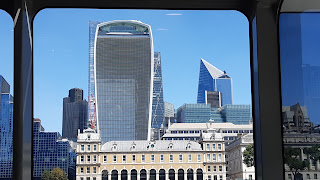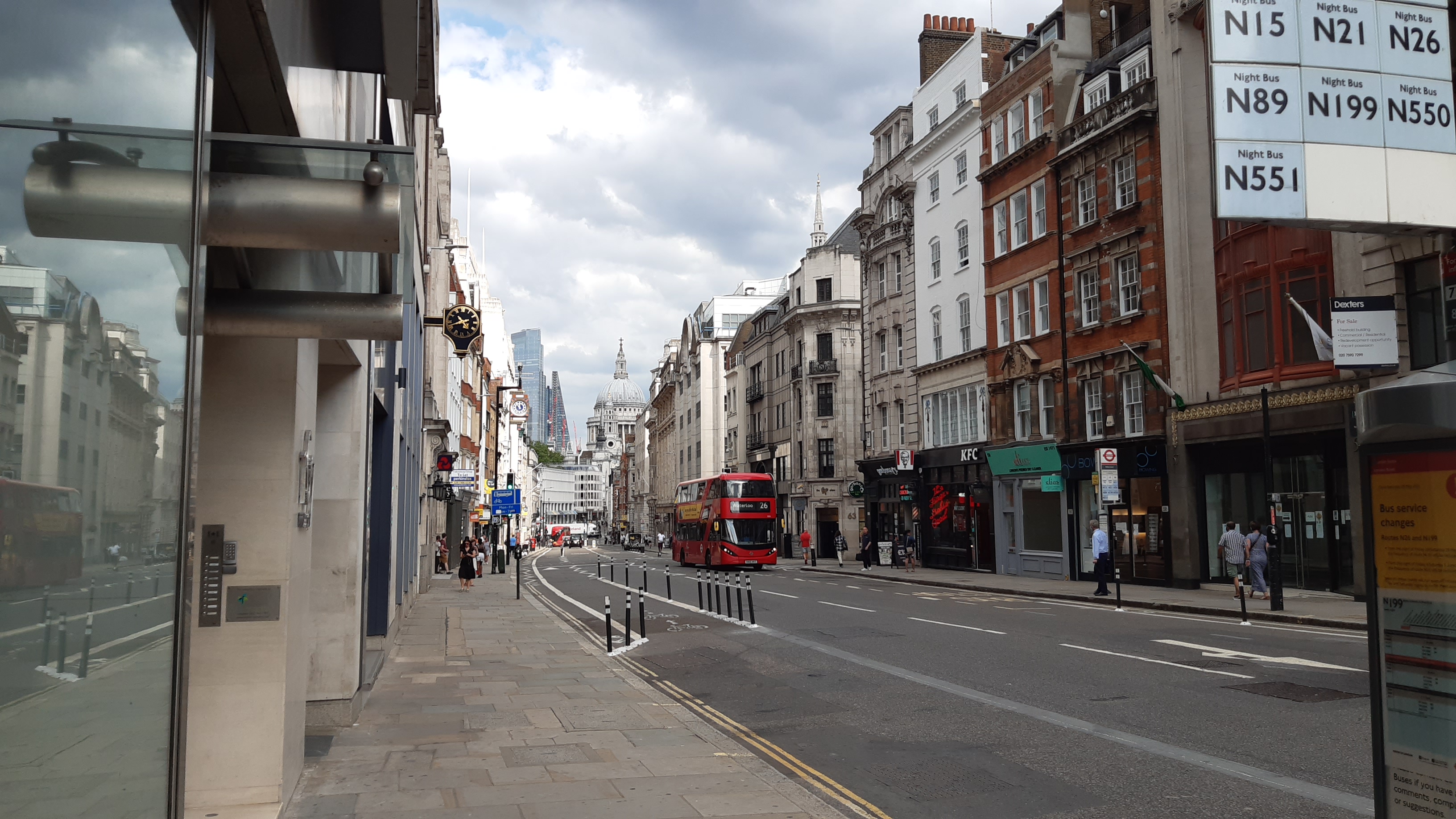Things The City Of London Owns Outside the City

The City Of London (also known as the square mile) is a small city inside Greater London and contains many of the famous London landmarks like St Pauls, the Gherkin, the Walkie Talkie, and the Cheesegrater. The City is very very old with the first residents of “Londinium” (as it was called) arriving in 43 AD. The City Of London Corporation owns the City Of London as well as 16 times the area of the city in green spaces in and around Greater London.
Green Space in the City

At only 1.12 square miles there is not much space for large green areas but the city has plenty of small green spaces for everyone. This includes St Dunstan-in-the-East churchyard, St Paul's churchyard and many others with most of these areas maintained by the City Of London itself.
Green Spaces in Greater London

These spaces are much larger and include Hampstead Heath (which has views of Central London), Queen’s Park and West Ham Park. The City Of London Corporation acquired these in various ways with Queen’s Park and West Ham Park purchased in 1886 and 1874 respectively and Hampsted Heath (which is in the Doomsday Book) being managed by the corporation since 1989. These parks and heaths are just like any other green area in London except that they have prominent City Of London Branding instead of the local council’s branding. This can be potentially confusing as the City Of London crest and branding can be seen well outside the actual city.
The Seven City Commons
These seven commons in deep South London (or sometimes just outside of Greater London) are also managed by the City Of London. By far the largest of the seven is Ashtead Common which is just south of the South Of Kingston Upon Thames and is 200 hectares in area. The other six commons are Coulsdon Common, Farthing Downs, Kenley Common, Riddlesdown Common, Spring Park, and West Wickham Common with all of these inside the Greater London boundary. All these commons are protected by London’s Green Belt which makes it very difficult for new developments to be constructed on its land. This is very beneficial as it protects our limited green space and reduces urban sprawl and London expanding without limits.

Green Spaces Outside Greater London
In the corporation's 16 square miles of land outside the City some of it is also out of Greater London with Epping Forest, Burnham Beeches, and Stoke Common all in the Home Counties. Epping Forest is mostly outside Greater London and is the largest public open space in the London area with it also being an SSSI (Site of Special Scientific Interest).



Comments
Post a Comment